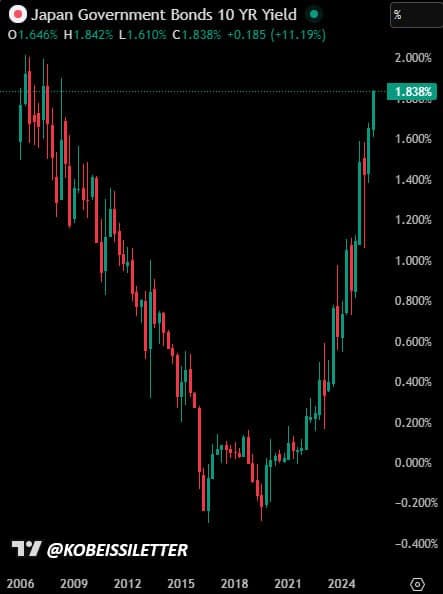General Motors Sees 35% Profit Drop After $1.1 Billion Tariff Blow
In a stark revelation, General Motors (GM), one of the largest car manufacturers in the United States, reported a staggering 35% decline in profits for the last quarter, driven primarily by an unprecedented $1.1 billion hit from tariffs. This announcement, made public in a recent report by the Wall Street Journal (WSJ), underscores the significant financial pressures facing the automotive industry amid a volatile global trade environment.
The backdrop to GM"s profit plunge is a complex interplay of rising material costs and shifting trade policies. Tariffs, particularly on imported steel and aluminum, have significantly inflated production expenses for automakers across the board. GM, which has heavily invested in electric vehicle technology, finds itself at a crossroads as it navigates these financial challenges while striving to meet ambitious sustainability goals. The company"s CEO, Mary Barra, emphasized the need for a strategic reassessment of their operations in light of these economic headwinds, stating, “We must adapt our business model to not only survive but thrive in this new landscape.”
In the latest quarterly earnings call, GM reported earnings of $1.5 billion compared to $2.3 billion in the same period last year. The company’s revenue also fell short of expectations, reflecting both a decrease in vehicle sales and the impact of rising costs associated with tariffs. Analysts have noted that this decline could be indicative of broader issues within the automotive sector, where manufacturers are grappling with the dual challenge of maintaining profitability while investing heavily in future technologies. As previously reported, many companies are finding themselves in similar situations as they adjust to the new economic realities brought about by tariffs and changing consumer preferences.
The implications of GM"s profit drop extend beyond the company"s balance sheet. The automotive industry is a vital component of the U.S. economy, employing millions and contributing significantly to GDP. Experts suggest that if GM and other manufacturers cannot stabilize their profit margins, the repercussions could ripple through the supply chain, potentially leading to job losses and reduced investment in innovation. This scenario raises critical questions about the future of American manufacturing, particularly in the face of rising competition from international markets. In a related context, recent developments in other sectors, such as AstraZeneca"s $50 billion investment in U.S. drug manufacturing, highlight a contrasting approach where companies are actively seeking to expand despite economic challenges.
Looking ahead, GM"s management is expected to implement a series of strategic maneuvers to mitigate the impact of tariffs and reinvigorate its profit margins. Potential strategies may include negotiating with suppliers for better pricing, increasing the production of higher-margin vehicles, and accelerating the rollout of electric and autonomous vehicles. The company also faces pressure from shareholders to deliver on its long-term vision, which includes a commitment to an all-electric future by 2035. As the automotive landscape continues to evolve, the ability of GM to adapt to these challenges will be pivotal not only for its own future but also for the broader industry.
In conclusion, General Motors" significant profit decline serves as a stark reminder of the complexities facing the automotive industry today. As it grapples with the financial fallout from tariffs, the company must balance immediate operational challenges with its long-term strategic goals. Stakeholders will be closely monitoring GM"s next steps, as the outcomes of these decisions could set critical precedents for the future of manufacturing in America. In light of these developments, it remains to be seen how GM will navigate this precarious economic landscape and whether it can emerge stronger in the face of adversity.






